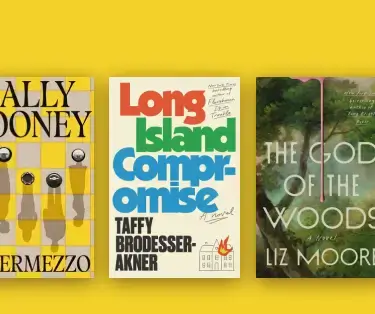The co-op bookstore for avid readers

Museum Accessibility by Design: A Systemic Approach to Organizational Change
Museum Accessibility by Design: A Systemic Approach to Organizational Change addresses the design of museum accessibility strategy, offering cases, tools and resources to facilitate its critical deployment and guide its evolution in museums through training activities.
Book Details
- Publisher: American Alliance of Museums
- Publish Date: Jul 15th, 2022
- Pages: 186
- Language: English
- Edition: undefined - undefined
- Dimensions: 9.00in - 6.00in - 0.43in - 0.62lb
- EAN: 9781538156032
- Categories: • Museum Administration and Museology• General
About the Author
Maria Chiara Ciaccheri is a museum consultant, researcher and docent. With a background in Museum Studies and Management and an MA in Learning and Visitor Studies in Museums, over the last fifteen years she has worked and researched extensively in the field of museum accessibility, with focus on cognitive issues, disability representation and participatory approaches in adult education.
As a recipient of private and public grants since 2014, she has travelled and researched extensively all over the U.S., mapping more than a hundred accessible best practices throughout the country. Her field research has continued over the following years, visiting and investigating as many museums and best practices in accessibility both in Italy and Europe. As a lecturer in museum accessibility for a number of post-graduate university programs in Italy and author of different articles and publications, she often speaks at national and international conferences. She is author of the Museums for People project (museumsforpeople.com) to support museum studies and accessibility dissemination through illustrations
Praise for this book
"Highly recommended for everyone working in the field"
An important contribution to broadening our concept of accessibility, integrating theory and practice to ensure audience's different needs become core, rather than marginal, to a museum's business. Drawing on best practice across the world it offers a step-by-step guide to identifying and measuring objectives as well as overcoming internal resistance and barriers to organisational change.
It offers wise words on the importance of internal and external allies, normalising disability, boosting visibility, co design, encouraging exchange between different people and not reinventing the wheel.
Its focus on staff development with an accompanying range of exercises to raise awareness and help put policy into practice is especially welcome as well as recent lessons learnt during the pandemic about the transformative role of digital technologies.
A comprehensive, yet highly readable approach on confronting accessibility within the museum space, while also offering an easy digestible practical guide on how to go about enacting change.
Maria Chiara Ciaccheri's book contributes importantly to understand how to approach accessibility systematically, both conceptually and in practice. The volume contributes to ongoing debate on accessibility and inclusion in significant ways.


